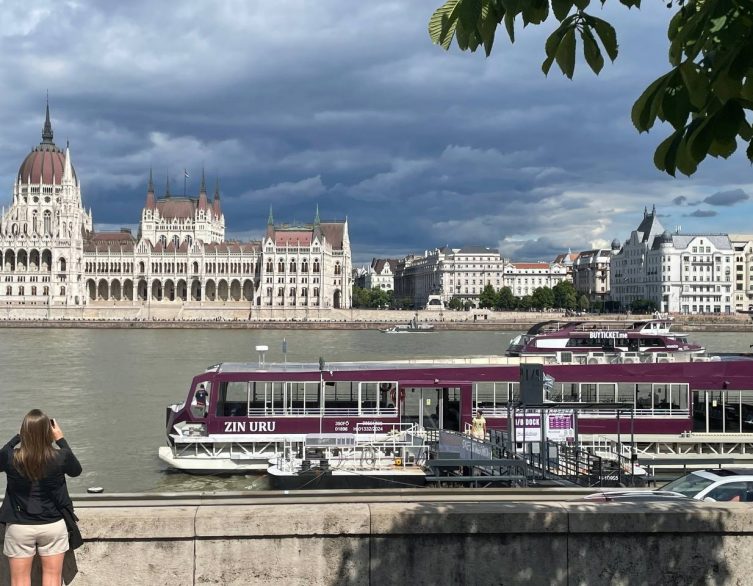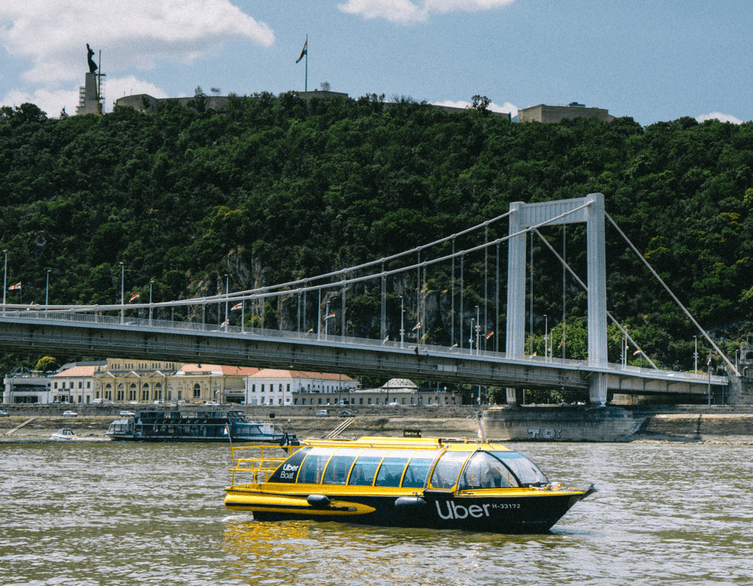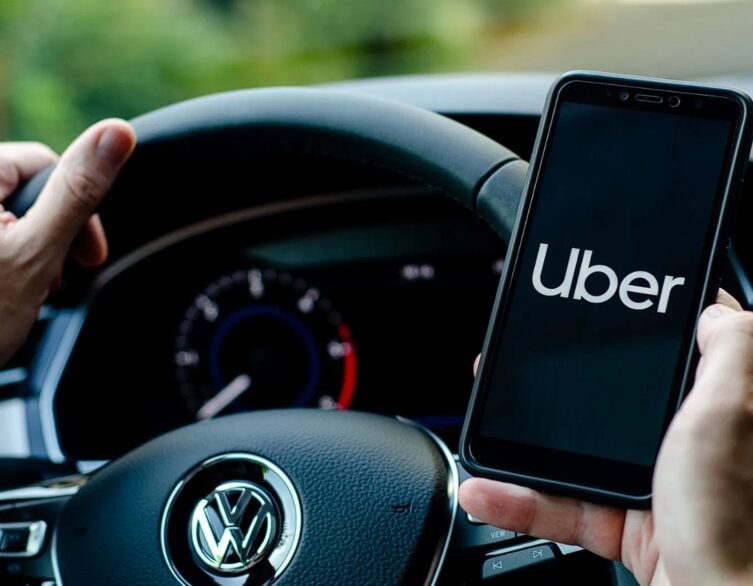Uber’s Wild Ride Back to Budapest: The Comeback Story That’s Got Everyone Talking

Summer vacation officially kicked off this weekend, but let’s be honest – summer weather has been making itself at home in Budapest for weeks now. And speaking of making themselves at home, there’s another familiar face that’s settled back into the Hungarian capital after an eight-year timeout: Uber. Yes, that Uber – the one that got dramatically kicked out of town back in 2016 like a rowdy tourist who’d had one too many pálinka shots.
The Great Uber Exodus of 2016
Picture this: it’s 2016, Budapest’s taxi drivers are angrier than a Hungarian grandmother whose goulash recipe has been questioned, and Uber is offering rides cheaper than a beer at a ruin pub. The American ride-sharing giant had waltzed into town in 2014, completely bypassing the traditional taxi system and offering fares that made local cabbies see red – and not just because of their cars’ color scheme.
The drama reached soap opera levels when taxi drivers organized massive protests, essentially telling Uber to pack its digital bags and leave. The Hungarian government sided with the traditional taxi industry, implementing regulations so strict that Uber had no choice but to make like a tourist’s summer tan and fade away. For eight long years, Budapest remained an Uber-free zone, leaving visitors to navigate the sometimes mysterious world of local taxi services.
Plot Twist: The Unlikely Partnership
But here’s where the story gets juicier than a Debreceni sausage. In a move that surprised absolutely everyone – including probably Uber’s own executives – the company announced its return to Budapest through the most unexpected partnership since pineapple met pizza. They teamed up with Főtaxi, one of the very taxi companies that had helped show them the door years earlier.
Best deals of Budapest
Talk about keeping your enemies closer! F Mobilitás Ltd., a subsidiary of Főtaxi, became Uber’s new best friend, creating what industry insiders are calling either a stroke of genius or the business equivalent of a reality TV show waiting to happen.
The New Uber: Same App, Different Rules
When Uber made its grand re-entrance in June 2024, it wasn’t quite the same service that tourists remembered from their travels to other European capitals. This new Budapest version of Uber comes with more restrictions than a Hungarian spa’s dress code. Gone are the days of dynamic pricing that could make a short ride cost more than a three-course meal during peak hours. Instead, Budapest’s Uber operates on fixed fares that follow the same pricing structure as traditional taxis.
The cars are now painted yellow – because apparently, Budapest has a thing for yellow taxis – and they’re equipped with all the official taxi apparatus. It’s like Uber went through a complete makeover, trading its casual startup vibe for a more formal, regulation-compliant wardrobe.
The Discount Drama
Here’s where things get spicier than a bowl of fisherman’s soup. While Uber claims to follow all the rules and charge official rates, they’ve been offering continuous discounts to passengers that would make a Black Friday shopper jealous. We’re talking 80% off, then 50% off, and according to local reports, the discounts just keep coming like free shots at a Budapest bachelor party.
The twist? The taxi drivers using the Uber app often have no idea their passengers are getting these massive discounts. The meter shows the official rate, but Uber quietly covers the difference, creating a situation more confusing than trying to pronounce Hungarian street names after a night in the Szimpla Kert.
Safety First: The 12-Hour Rule
In April 2025, Uber introduced what locals are calling the “digital mom” feature – a system that prevents drivers from working more than 12 hours straight without a break. The app literally logs drivers out for six hours if they try to pull an all-nighter, which is probably for the best considering Budapest’s nightlife can be as demanding as its summer heat.
This rule puts Uber ahead of many local taxi companies that still let drivers marathon their way through the day and night. It’s like having a responsible friend who takes away your keys when you’ve had too much fun – annoying in the moment, but you’ll thank them later.
The Competition Heats Up
The return of Uber has stirred up Budapest’s taxi scene more than a thermal bath after a group of tourists jumps in. Industry experts predict that when the summer tourist season winds down and there are fewer passengers to go around, the real competition will begin. It’s shaping up to be more intense than a Hungarian water polo match, with Uber, traditional taxi companies, and other ride-sharing services like Bolt all vying for their piece of the Budapest transportation pie.
Some taxi drivers who work with Uber are already feeling the pinch, claiming they’re paying higher commission fees to the company while passengers enjoy those mysterious ongoing discounts. It’s creating tension thicker than Hungarian sour cream, with drivers essentially subsidizing passenger discounts through their own earnings.
What This Means for Tourists
For visitors to Budapest, Uber’s return offers another convenient option for getting around the city, especially during these sweltering summer months when walking from Pest to Buda feels like crossing the Sahara. The app works just like it does in other cities, though don’t expect the same pricing flexibility you might find in London or New York.
The fixed-rate system means you won’t get hit with surge pricing during peak times, but you also won’t benefit from off-peak discounts. It’s like ordering from a menu with fixed prices instead of a market where you can haggle – more predictable, but perhaps less exciting for the bargain hunters among us.
The Verdict
Uber’s return to Budapest reads like a redemption story with more plot twists than a Hungarian folk tale. Whether this partnership between former enemies will last longer than a summer romance remains to be seen. What’s certain is that Budapest’s transportation landscape has become more interesting, giving tourists more options while creating enough drama to fuel conversations in the city’s famous coffee houses for months to come.
Related news






















